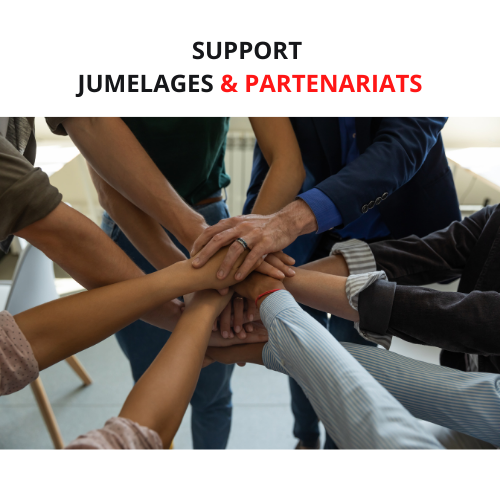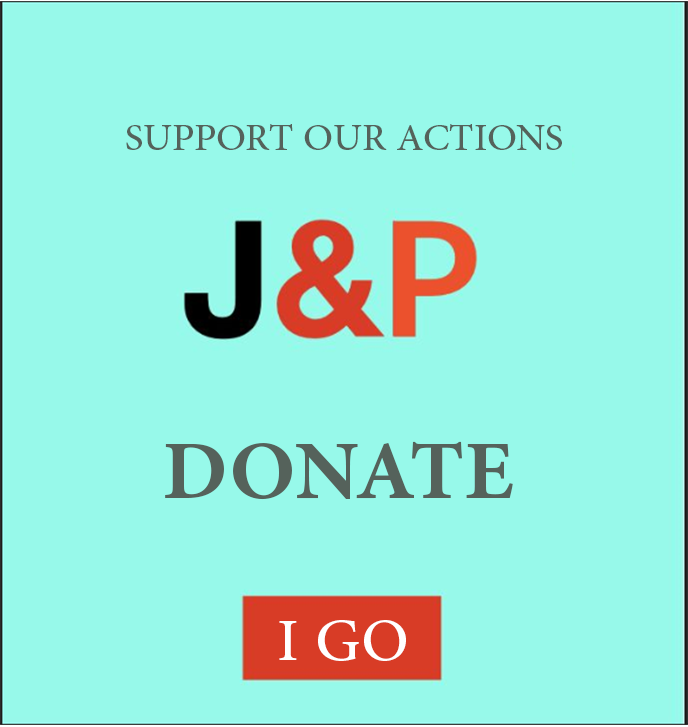Somalia/Rediscovering hope after the floods in Somalia
Nadiifo Abdullahi is overjoyed to see her 8-month-old daughter Falastin reach the milestone of sitting up on her own and trying to crawl. This progress in her daughter's development fills Nadiifo with hope.
" Before, I had to carry her on my back or lay her on a mattress to get her to sleep. Now she's constantly trying to sit up and crawl. She's full of energy," explains Nadiifo.
Her family had to evacuate the Halimay camp for displaced persons in Baidoa, where they had been living since the end of 2020, and seek refuge in a temporary camp a few kilometers away. They arrived empty-handed: their food supplies, including flour and sugar, were soaked by the floods.
Flooding caused by the El Niño weather phenomenon, which began in early October in Somalia, has had a devastating impact on over 2 million people, displacing more than 750,000. In the town of Baidoa, there are some 500 camps for displaced persons, housing some 600,000 people who have been forced to abandon their homes due to the flooding.to abandon their homes due to crises caused by drought and flooding, two consequences of climate change. The transport of essential goods is hampered by the control exercised by non-state actors, as well as by high tax rates. In addition, recent disruptions to road links have exacerbated shortages, leading to higher food prices.
Families most severely affected by the floods, like Nadiifo's, are finding it extremely difficult to meet basic needs such as food, shelter, water and medicine. Nadiifo's husband, Mohamed Aden, 35, returned to his nomadic farmland in Goofa Yarow, some 30 kilometers away, on October 12, coinciding with the start of the rainy season. Mohamed wanted to plant some millet in the hope that the rain would make it grow. But he left without seeds. He planned to borrow a small sum of money to buy some.
A month after Mohamed's departure, his daughter Falastin became weak. Nadiifo breastfed her, but the lack of food and money to buy what she needed took its toll on her health.
" Her neck was shrinking and you could start to see her bones sticking out," says Nadiifo.
The monitoring team from Action contre la Faim, a partner of the Caafimaad Plus consortium, examined Falastin and other camp residents. Falastin had an arm circumference of 11 cm, indicating under-nutrition. She was enrolled in a treatment program which initially involved treating her diarrhoea, followed by nutritional treatment.
After three weeks of medical and nutritional support, Falastin began to show signs of improvement. Despite the difficulties, Nadiifo smiles at her daughter's progress. Falastin is beginning to sit up on her own and try to crawl.
The mobile team is providing vital emergency aid, including nutritional provisions, medical supplies and hygiene products, to the affected population. This vital aid has been made possible by funding from the British Embassy in Mogadishu. In October 2023, the British Embassy in Somalia deployed funding for six months. This funding is playing a vital role in delivering integrated, life-saving emergency health, nutrition, water, sanitation, hygiene and protection aid to almost a million people in Somalia.ne and protection to nearly a million vulnerable people affected by the El Niño weather phenomenon in central and southern Somalia.
The mobile team was deployed not only in Baidoa, but also in thirteen other districts severely affected by flooding in Somalia. More than 470,000 families need help in Baidoa.
Mohamed, Nadiifo's husband, has returned to the nomadic farm he left at the end of 2020. Since the rains began, his income has fallen, which is why Mohamed has considered resuming his farming activities. In 2020, he sold the rest of the family's livestock and, with some of the money, bought a wheelbarrow to support his family. " According to my husband, the cattle weren't going to survive the next Jilaal season, the winter in Somalia," she explains. When Falastin is a year and a half old and in better health, Nadiifo plans to start washing clothes to support her family.
The floods have led to the outbreak of water-borne diseases such as acute diarrhoea, cholera, malaria and others. The Caafimaad Plus consortium is currently responding to these epidemics in various districts, including Deynile, Kahda, Baidoa, Dolow, Luuq and Galkacyo.
With funding from the British Embassy in Mogadishu, the consortium is also building emergency latrines, treating wells with chlorine, distributing hygiene kits and providing water tablets to reduce the spread of these diseases and bring relief to affected families.
Nadiifo has regained hope now that her baby is starting to crawl. However, her daughter must continue her treatment until the mobile team considers her completely cured. The family continues to borrow until Mohamed returns. Nadiifo hopes he will bring something home.
The Caafimaad Plus consortium is the largest health consortium in Somalia. It provides comprehensive assistance in health, nutrition, water, sanitation and hygiene, as well as vital protection to families affected by the crisis. The consortium is funded by the British Embassy in Mogadishu.
Source: www.actioncontrelafaim.org


